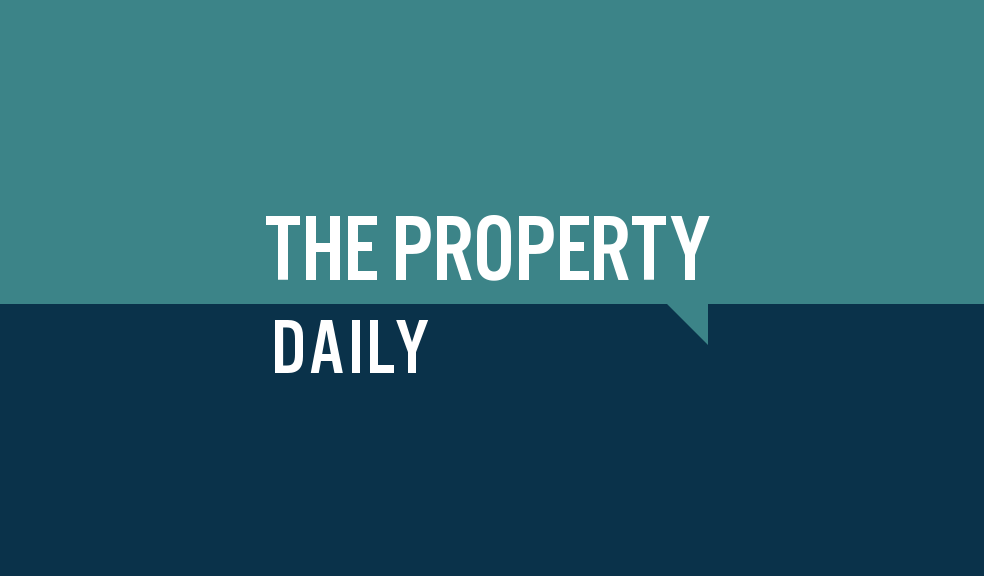
7 insider tips to lock in a lower mortgage rate
While many mortgage lenders have reduced their rates following the recent Bank of England base rate reduction, some borrowers may still find themselves without access to these competitive deals for an array of reasons.
It's, therefore, important to explore your options to ensure you secure the best possible mortgage rate.
To help, mortgage comparison website Uswitch has uncovered seven simple steps to increase your likelihood of being offered a lower mortgage rate.
-
Consider choosing a green mortgage for an eco-friendly saving
Our previous research revealed that almost half (43%) of homeowners would consider paying a premium for a more energy-efficient home.
However, many might not realise that many green mortgage lenders often reduce rates or cashback offers for properties that meet certain environmental standards.
For example, NatWest's 'Green Mortgage' offering could give you a mortgage with a lower interest rate if the property has a valid Energy Performance Certificate (EPC) rating of A or B, amongst other criteria.
-
Compare mortgage rates to save an average of £398 per month
The importance of comparing mortgages can't be overstated. By comparing mortgages, you'll have access to a wider range of deals that might not have been available through your current lender, bank or other traditional methods.
If your current mortgage is due to end soon, our partner Mojo's research has shown that switching deals using their expertise saves customers £398 per month on average.
-
Save a bigger deposit to reduce your loan-to-value ratio (LTV) and secure a lower rate
One of the most effective ways to secure a lower mortgage rate is by increasing your deposit.
Our partner, online mortgage broker Mojo Mortgages, has revealed that mortgage interest rates vary based on the loan-to-value (LTV) ratio. For a 2-year fixed-rate mortgage:
-
With a 60% LTV, the average interest rate is 4.9%
-
With a 90% LTV, the average interest rate is 5.7%
This data shows that borrowers with a larger down payment (lower LTV) typically receive more favourable interest rates
-
Improve your credit score to access better deals
According to Experian's credit score bandings, those with an 'excellent' credit score (961-999) will have access to the best mortgage deals with lower interest rates, whereas, those with a 'fair' credit score (721-880) can expect to secure a mortgage but with slightly higher rates.
To improve your credit score, pay your bills on time, reduce any outstanding debt and ensure that your credit file is correct.
-
Research remortgaging options six months in advance to avoid being put on a higher SVR rate
Timing is everything when it comes to remortgaging. You should start the process six months before your current deal ends to secure the best mortgage rate.
This proactive approach allows you to lock in a more favourable rate and avoid being moved to a lender's standard variable rate, which is often significantly higher. Currently, the average standard variable rate (SVR) stands at 8.49%, which is a staggering 2.6% higher than the average 2-year fixed rate for a loan-to-value (LTV) of 75%.
After you've secured a new deal, if rates drop before your new deal begins, you can normally switch to the lower one. Your broker can help you navigate this process and identify the most advantageous options.
-
Consider a lifetime tracker mortgage for long-term savings
Lifetime tracker mortgages may initially seem more expensive, but they offer significant advantages tied to the Bank of England's base rate. With the recent 0.25% reduction in this rate, borrowers can benefit from automatic decreases in their mortgage rates, leading to lower monthly payments. This responsiveness allows homeowners to capitalise on falling interest rates without needing to remortgage.
Additionally, lifetime trackers may allow borrowers to switch deals without incurring exit fees, making them an appealing option for those who want to wait for rates to drop further before fixing their mortgage. This flexibility might make lifetime trackers more affordable than remaining on the SVR until rates fall.
It is, however, important to note that while borrowers may benefit from rate decreases, they also face the risk of increased rates if the base rate rises. For those looking to balance flexibility with potential long-term savings, a lifetime tracker mortgage could be an option.
-
Opt for a 5-year fix rate instead of a 2-year fix
Currently, longer-term fixes are offering more competitive rates. For example, across the big six mortgage lenders, the current average 2-year fixed rate (75% LTV) is 4.81% whereas the average 5-year fixed mortgage is 4.40%. This trend represents a significant shift from historical norms, where shorter-term fixes typically had lower rates.
However, a 5-year fix doesn't come without its disadvantages; The main drawback of opting for a 5-year fix is that you're locked in for a longer period. If interest rates fall significantly during this time, you could find yourself stuck with a higher rate compared to new offerings in the market.
On the other hand, if you're primarily focused on securing the lowest available rate right now and value long-term stability in your monthly payments, a 5-year fixed-rate mortgage could be the best choice.









